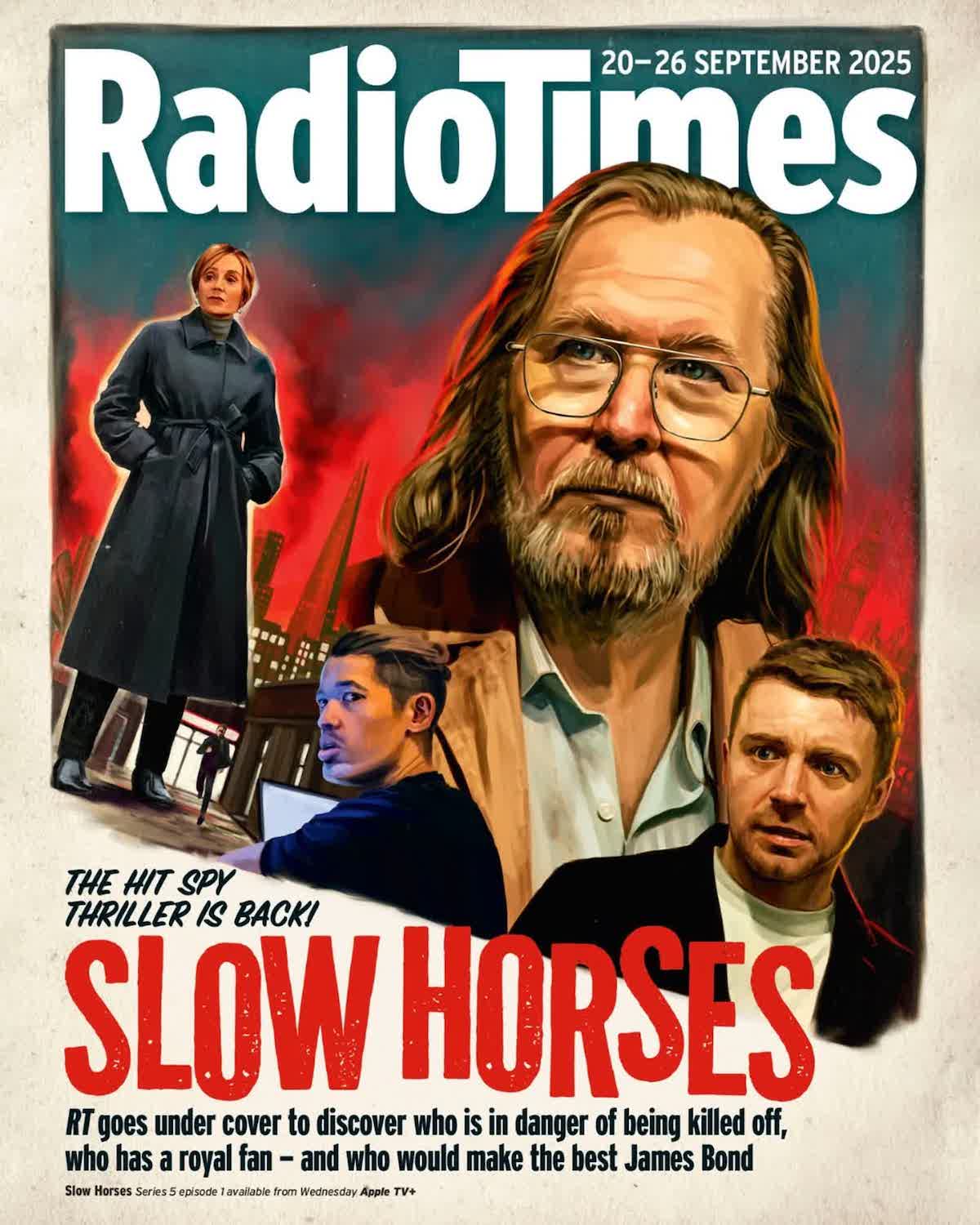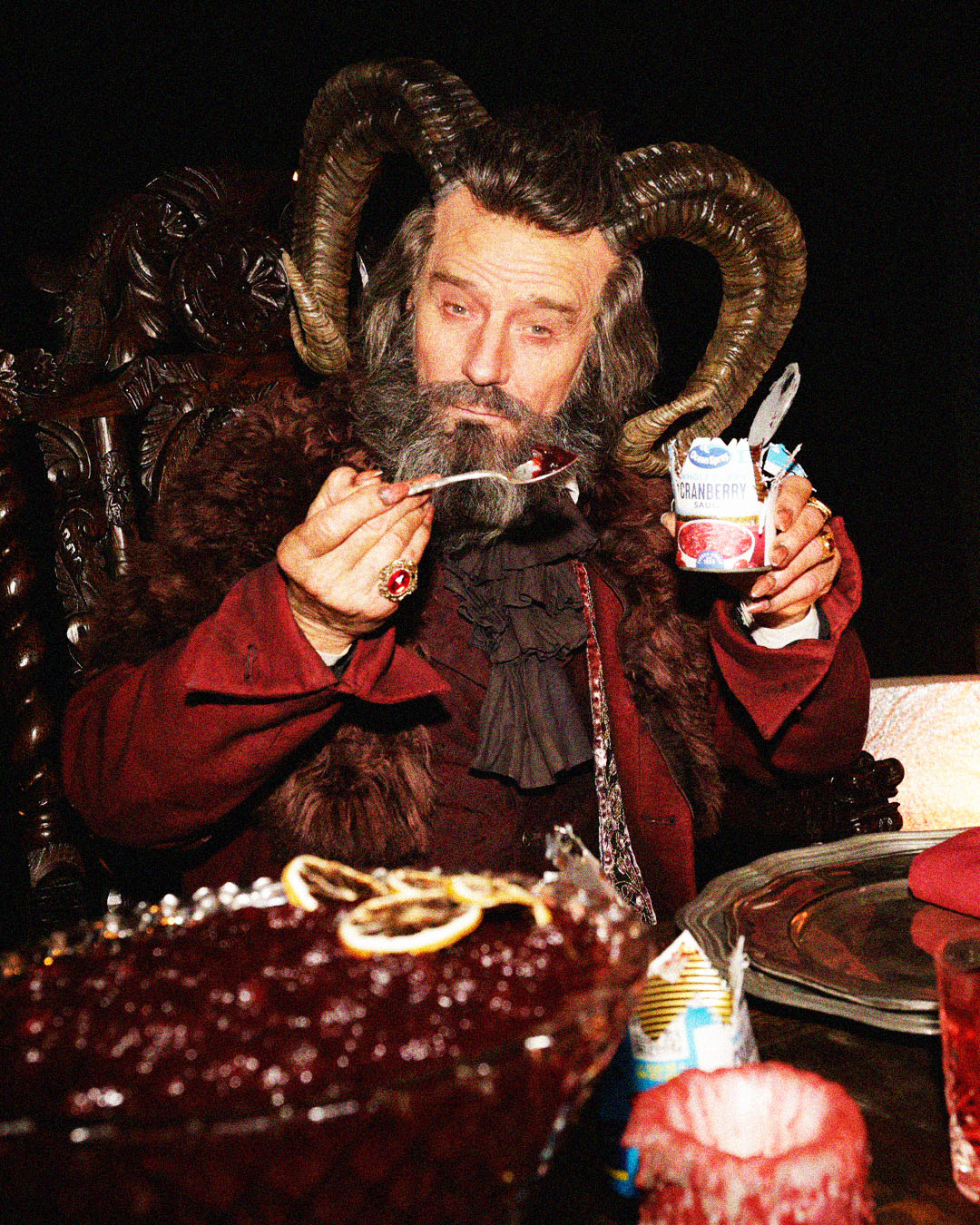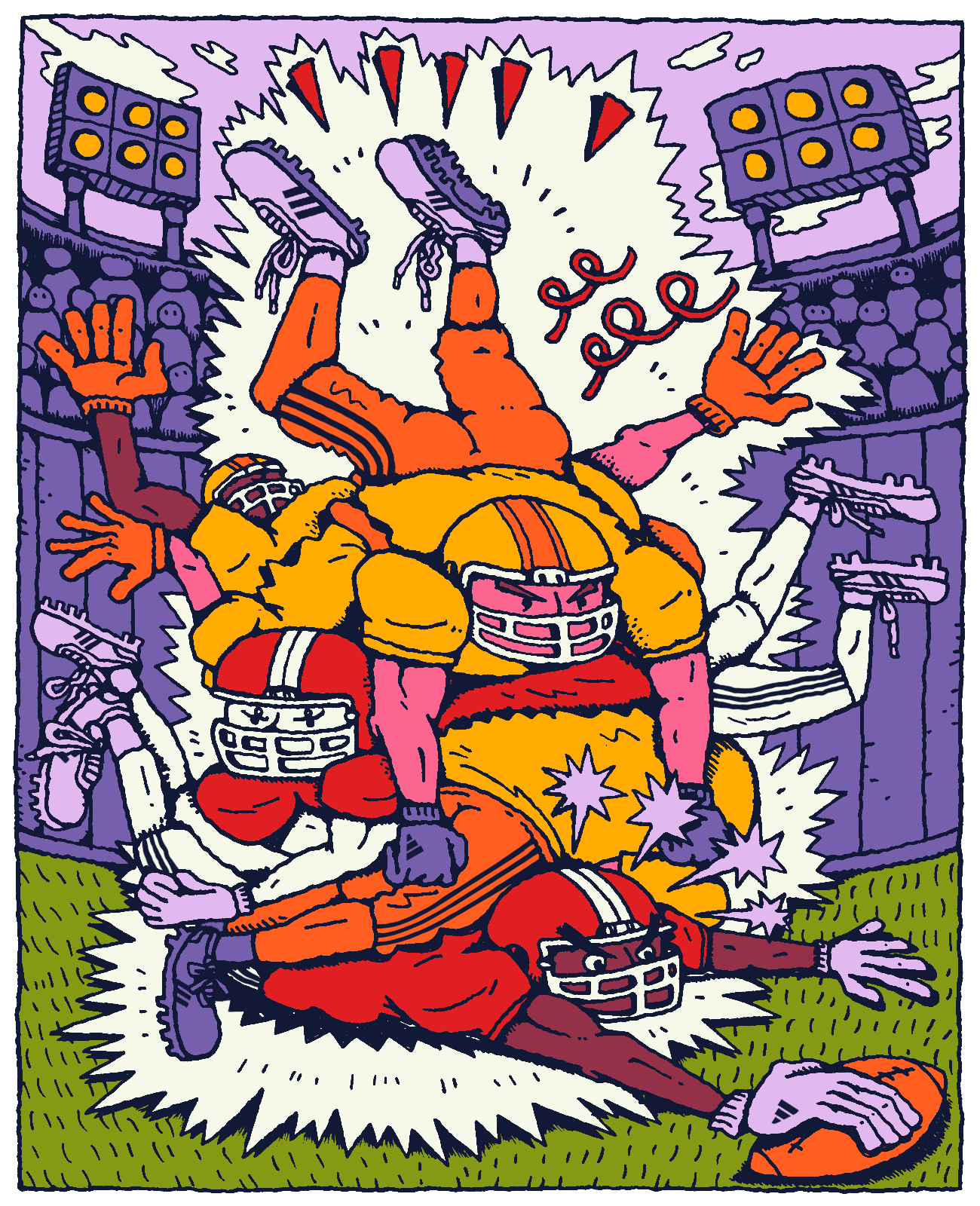 |
| CGI is as much a collaborative process as any film or photo shoot. It can require all varieties of expertise: a photographer, director, creative director, art director, lighting expert, stylist, retoucher, digital tech and/or computer programmer, to name a few. As is common with photo and film shoots, it also requires a strategy laid out in the form of a treatment. “It is all about understanding what is possible within given time and budget constraints and then working closely with clients to achieve their vision,” says Jim Armetta of Alter. With CGI it’s all about flexibility. A true CGI image is a computer generated 3D object, or “flexible asset,” designed and created in system that can be placed within different environments, viewed at different angles and perspectives, or under different lighting conditions. The object can be “rigged” in order to bring an object or character to life that often starts off as something inanimate, as the images from our latest CGI InFocus blast illustrate. No doubt that CGI makes the visually impossible possible, and when we came across the images (below) Markku Lahdesmaki created for BBDONY/Snickers we assumed they were created in CGI. The scenario is completely unreal, of course, and the “rigging” of the character seemed perfect, but we came to learn that they were actually multi-layered (100+) images created in Photoshop. Because the still images were part of a larger campaign that included TV spots, Markku had access to an actor in a large Godzilla suit and a Godzilla model, which he could also disassemble and photograph its separate parts: tail, head, arms, etc. In many ways he had all the flexibility of of CGI, but in real 3D. ” Sometimes, CGI just looks ‘too’ real,” says Markku, and the assets available helped him to create something that felt more natural. The creatives at BBDO NY agreed. “The key to a project like this is to hire a digital artist with extensive knowledge of all available technologies with whom you can collaborate and discover what is possible and how to get there,” says Tim Hawley. |























